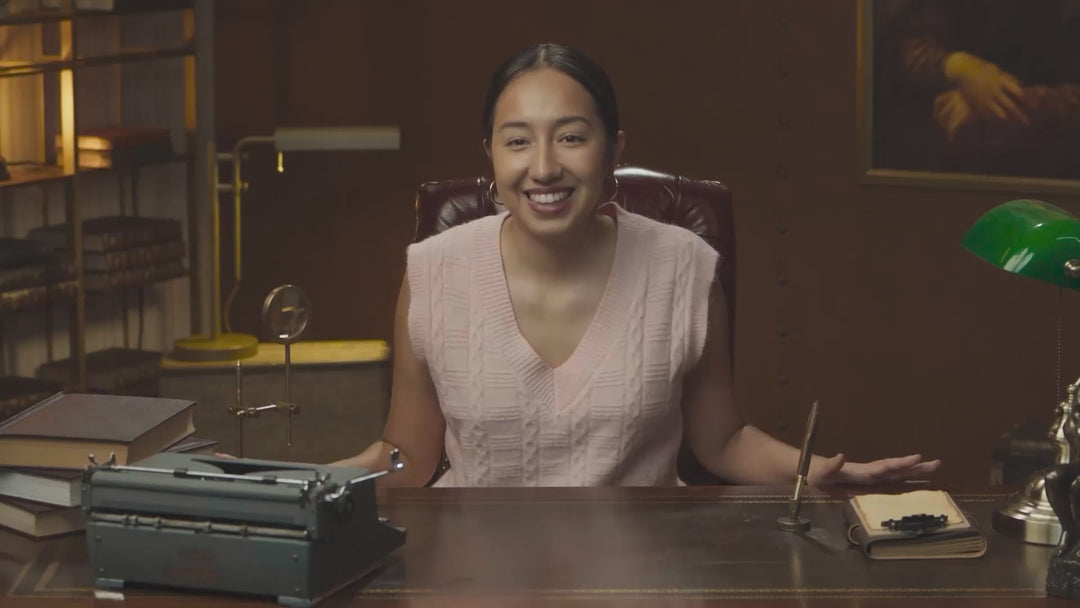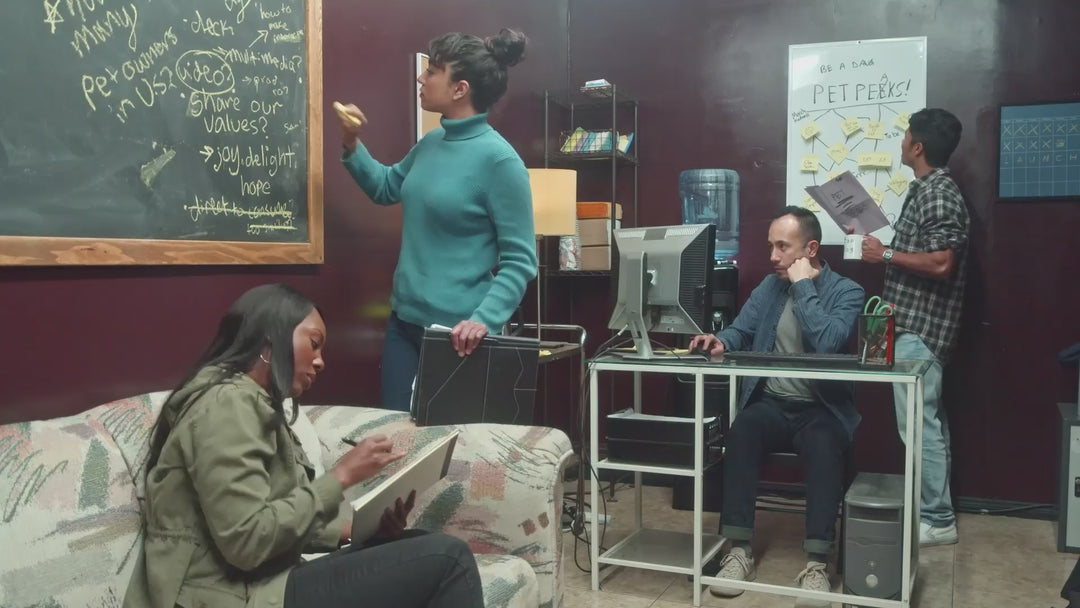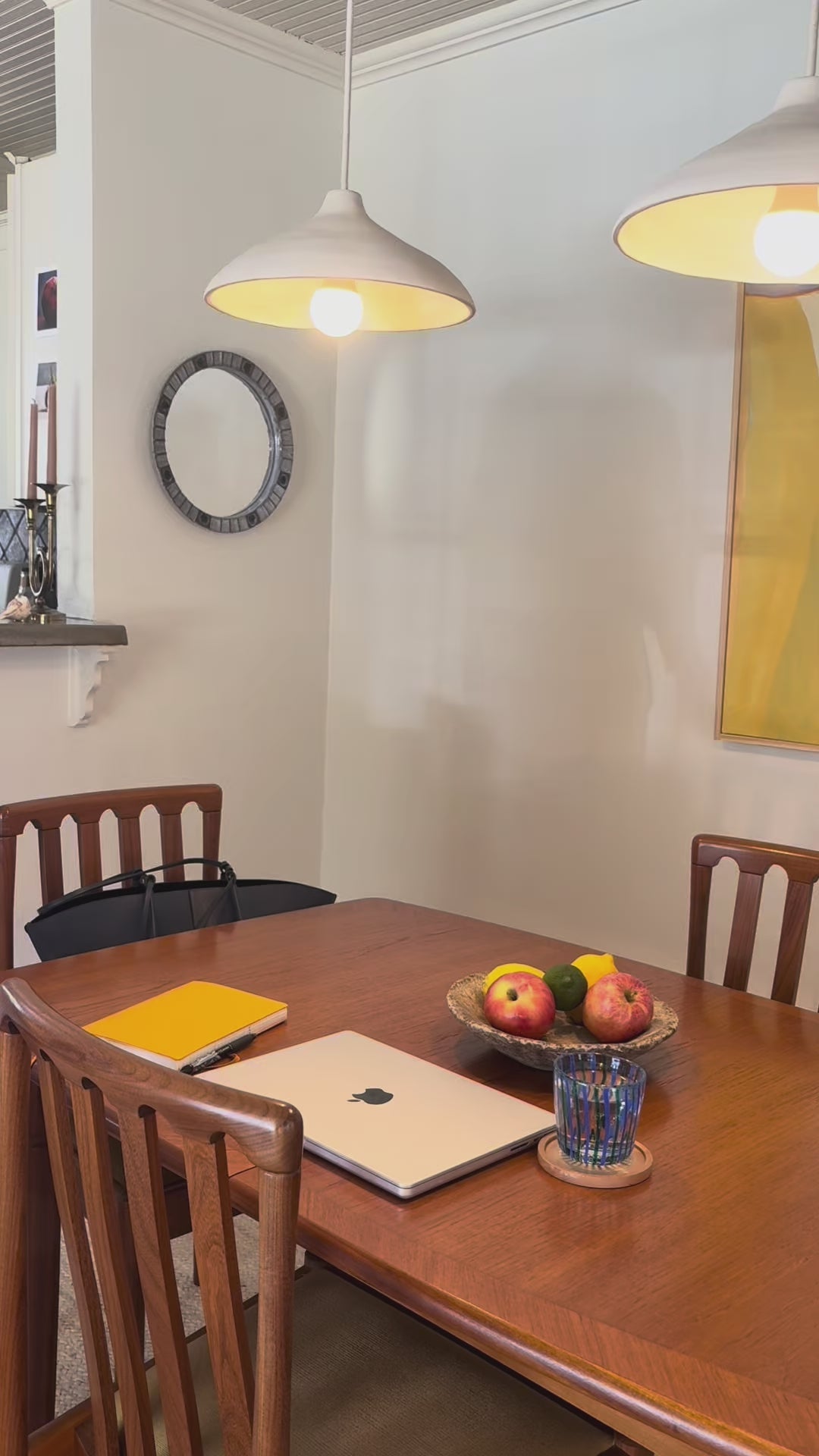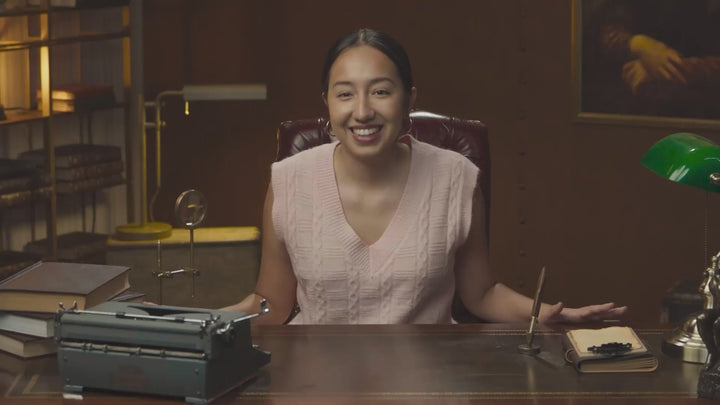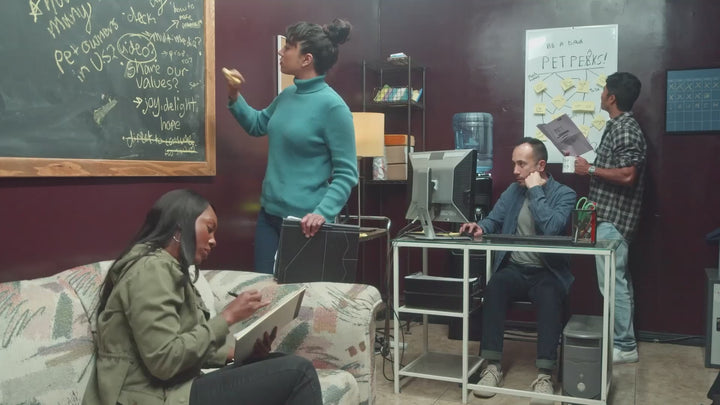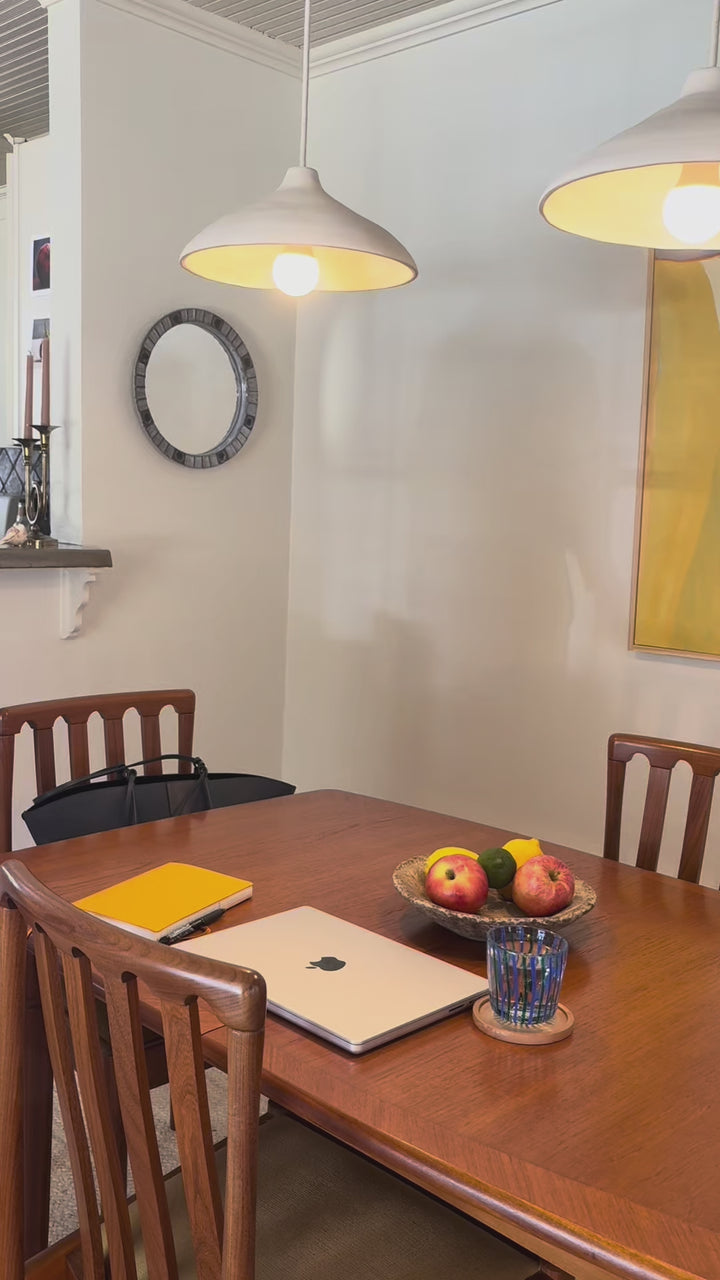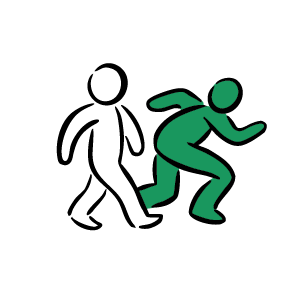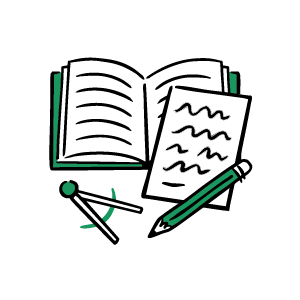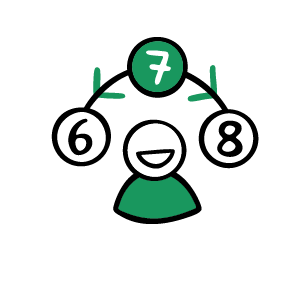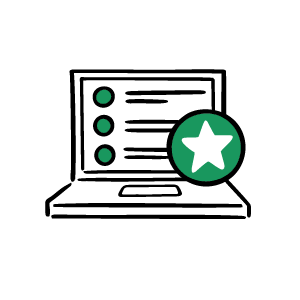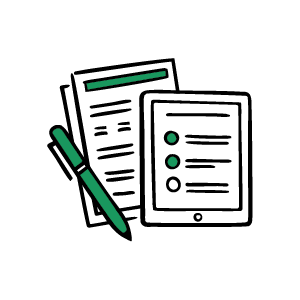Sixth Grade Curriculum
- 7 courses included
- 14-day satisfaction guarantee*
- Update grade level anytime
Subscribe more students, save more!
10% off
2 students
20% off
3-5 students
25% off
6+ students
Designed for the way modern preteens learn, our Cinema Series sixth grade curriculum offers story-driven instruction, relatable teachers and short form visual content to maximize engagement. Your sixth grader is developing the ability to think more abstractly, solve complex problems, and understand multiple perspectives.
In english, sixth graders focus on literary analysis of both fiction and non-fiction works. In math, students are challenged to interpret, analyze, compare and contrast number sets.
Sixth graders have several options to choose from for science, social studies and electives courses. This gives them the opportunity to customize their schedule.
Most popular science and social studies classes for sixth graders:
- Life Science- Explore cells and heredity, the five kingdoms, human body systems, and ecology.
- Ancient World History- Learn about ancient peoples, cultures, civilizations, and innovations through approximately 300 CE.
Sixth graders choose from the following elective options:
- Introduction to Art
- Learning Strategies
- Introduction to Public Speaking & Communication
- Environmental Science
- Digital Media Literacy
Science Alternatives:
- Earth Space Science
- Physical Science
- Environmental Science
History Alternatives:
- United States History
- World Culture & Geography
English 6
Unit 1: Literature
Chapter 1: Close Reading
Chapter 2: Inferences
Chapter 3: Evidence
Chapter 4: Central Idea
Chapter 5: Theme
Chapter 6: Plot Diagram
Chapter 7: Objective Summary
Chapter 8: Character Motivation
Chapter 9: Context Clues
Chapter 10: Figurative Language
Chapter 11: Analyze Sentences and Paragraphs
Chapter 12: Analyze Scenes
Chapter 13: Analyze Stanza
Chapter 14: Point of View
Chapter 15: Compare and Contrast Forms
Chapter 16: Compare and Contrast Genres
Unit 2: Reading Informational Texts
Chapter 1: Close Reading
Chapter 2: Inferences
Chapter 3: Evidence
Chapter 4: Central Idea
Chapter 5: Text Structures
Chapter 6: Objective Summary
Chapter 7: Key Details
Chapter 8: Context Clues
Chapter 9: Analyze Word Choice in Sentences and Paragraphs
Chapter 10: Analyze Text Features
Chapter 11: Identify Author's Point of View
Chapter 12: Analyze Author's Point of View
Chapter 13: Integrated Media
Chapter 14: Trace an Argument
Chapter 15: Evaluate an Argument
Chapter 16: Compare and Contrast Author's Events
Unit 3: Language
Chapter 1: Pronouns
Chapter 2: Appropriate Pronouns
Chapter 3: Capitalization
Chapter 4: Parenthetical Expressions
Chapter 5: Sentence Purposes
Chapter 6: Sentence Structures
Chapter 7: Commas
Chapter 8: Style
Chapter 9: Tone
Chapter 10: Greek and Latin Roots
Chapter 11: Reference Materials
Chapter 12: Similes and Metaphors
Chapter 13: Idioms
Chapter 14: Personification
Chapter 15: Word Relationships
Chapter 16: Denotation and Connotation
Unit 4: Writing
Chapter 1: Claims and Reasons
Chapter 2: Evidence
Chapter 3: Formal Style
Chapter 4: Introduction and Conclusion
Chapter 5: Informative Writing – Thesis Statement and Claims
Chapter 6: Informative Writing – Evidence and Transitions
Chapter 7: Informative Writing – Introduction and Conclusion
Chapter 8: Informative Writing – Revising
Chapter 9: Narrative Writing – Introduction
Chapter 10: Narrative Writing – Narrative Techniques
Chapter 11: Narrative Writing – Conclusion
Chapter 12: Narrative Writing – Revising
Chapter 13: Literary Analysis – Thesis Statement and Claims
Chapter 14: Literary Analysis – Evidence and Transitions
Chapter 15: Literary Analysis – Introduction and Conclusion
Chapter 16: Literary Analysis – Revising
Math 6
Unit 1: Operations, Negative Numbers, and Arithmetic with Decimals
Chapter 1: Exponents
Chapter 2: Exponents with Rational Bases
Chapter 3: Order of Operations with Integers and Rational Numbers
Chapter 4: Negative Numbers
Chapter 5: Compare and Ordering Positive and Negative Rational Numbers
Chapter 6: Absolute Value
Chapter 7: Combining Decimals
Chapter 8: Multiplying and Dividing Fractions
Chapter 9: Mixed Numbers
Chapter 10: Multiplying Decimals
Chapter 11: Dividing Large Integers
Chapter 12: Dividing Decimals
Unit 2: Ratios and Rates
Chapter 1: Ratios
Chapter 2: Equivalent Ratios and Tape Diagrams
Chapter 3: Ratios on Coordinate Plane
Chapter 4: Unit Conversion
Chapter 5: Rates
Chapter 6: Percents
Unit 3: Algebraic Expressions and Equations
Chapter 1: Vocabulary of Expressions
Chapter 2: Evaluating Expressions
Chapter 3: Writing Expressions
Chapter 4: Least Common Multiple
Chapter 5: Greatest Common Factor
Chapter 6: Distributive Property
Chapter 7: Combine Like Terms
Chapter 8: One-Step Equations
Chapter 9: Inequalities
Unit 4: Plane Figures, Coordinate Plane, 3-D Figures, Data and Statistics
Chapter 1: Area of Parallelograms
Chapter 2: Area of Triangles
Chapter 3: Interior Angles
Chapter 4: Coordinate Plane
Chapter 5: Drawing Polygons with Coordinates
Chapter 6: Volume of Rectangular Prism
Chapter 7: Surface Area of 3D Shapes
Chapter 8: Statistical Questions and Variability
Chapter 9: Dot Plots
Chapter 10: Histograms
Chapter 11: Mean, Median, and Mode
Chapter 12: Box Plots
Ancient World History
Unit 1: Introduction to Skills and Structure Types
Chapter 1: Historians and Artifacts
Chapter 2: Maps, Calendars, Charts, Graphs, Timelines, Pictures/Drawings, and Primary Sources
Chapter 3: Historical Perspectives
Chapter 4: Geographic, Political, Economic, Religious, and Social Structures
Unit 2: Paleolithic Era
Chapter 1: Hunter-Gatherer Societies
Chapter 2: Early Humans, Community, and the Environment
Chapter 3: Climatic Changes, Human Modifications, and Domestication
Chapter 4: Agricultural Revolution
Chapter 5: Review of the Paleolithic Era
Unit 3: Ancient Mesopotamia, Egypt, and Kush
Chapter 1: Early Civilizations and Major River Systems
Chapter 2: Human Communication and Early Civilizations
Chapter 3: The Rise of Agriculture in Early Civilizations
Chapter 4: Religion and Society in Ancient Mesopotamia
Chapter 5: Religion and Society in Ancient Egypt
Chapter 6: Hammurabi's Code
Chapter 7: Egyptian Art and Architecture
Chapter 8: Egyptian Trade
Chapter 9: Queen Hatshepsut and Ramses the Great
Chapter 10: Kush Civilization's Relationship with Egypt
Chapter 11: Cultural Diffusion
Chapter 12: Review of Ancient Mesopotamia, Egypt, and Kush
Unit 4: Ancient Hebrews
Chapter 1: Birth of Monotheism
Chapter 2: Key Figures in Judaism
Chapter 3: The Rise of Ancient Israel
Chapter 4: Central Teachings of Judaism
Chapter 5: Judaism and the West
Chapter 6: Review of Ancient Hebrews
Unit 5: Ancient Greece
Chapter 1: Characteristics of City-States, Civilizations, and Empire
Chapter 2: Geography and Greek City-States
Chapter 3: Governments in Ancient Greece
Chapter 4: Direct Versus Representative Democracy
Chapter 5: Greek Ideas of Democracy Now
Chapter 6: Importance of Greek Mythology
Chapter 7: Founding and Expansion of the Persian Empire
Chapter 8: Greek States and the Persian Empire
Chapter 9: Athens and Sparta
Chapter 10: Alexander the Great and Greek Culture
Chapter 11: Important Greek Figures in Arts and Science
Chapter 12: Review of Ancient Greece
Unit 6: Ancient India
Chapter 1: Physical Setting and Major River System of Ancient India
Chapter 2: Aryan Invasion and Ancient India
Chapter 3: Brahmanism
Chapter 4: Brahmanism and Hinduism
Chapter 5: Ancient India Caste System
Chapter 6: Buddha's Teachings
Chapter 7: Maurya Empire
Chapter 8: Maurya Empire and Asoka's Political and Moral Achievements
Chapter 9: Ancient India's Aesthetic and Intellectual Traditions
Chapter 10: Review of Ancient India
Unit 7: Ancient China
Chapter 1: Shang Dynasty and Huang-He Valley
Chapter 2: Pastoralism in Ancient China
Chapter 3: Geographic Difficulties and Isolation of Ancient Chinese Government
Chapter 4: Confucius, Confucianism, and Taoism
Chapter 5: Confucius and Politics and Culture
Chapter 6: Shi Huangdi's Policies and Achievements
Chapter 7: Han Dynasty
Chapter 8: Han Dynasty's Political Contributions
Chapter 9: Ancient China's Silk Roads
Chapter 10: The Silk Road
Chapter 11: Han Dynasty and Buddhism
Chapter 12: Review of Ancient China
Unit 8: Ancient Rome
Chapter 1: Mythical and Historical Figures of the Roman Republic
Chapter 2: The Roman Empire
Chapter 3: Significance of the Roman Republic Government
Chapter 4: Political and Geographic Reasons for the Roman Empire
Chapter 5: Julius Caesar and Augustus
Chapter 6: Jewish Migration and the Roman Empire
Chapter 7: The Life and Teachings of Jesus of Nazareth
Chapter 8: Jewish Messianic Prophecies' Contributions to Christianity
Chapter 9: St. Paul's Contributions to Christianity
Chapter 10: The Spread of Christianity
Chapter 11: Ancient Roman Art, Architecture, Technology, and Science
Chapter 12: Ancient Roman Literature
Chapter 13: Ancient Roman Language and Law
Chapter 14: Review of Ancient Rome
Life Science
Unit 1: Ecosystems
Chapter 1: Introducing Ecosystem Dynamics
Chapter 2: Living and Nonliving Parts of Ecosystems
Chapter 3: Resource Availability in Ecosystems
Chapter 4: Population Dynamics
Chapter 5: Human Activities and Ecosystems
Chapter 6: Ecosystem Disruptions and Biodiversity
Chapter 7: Impacts of Biodiversity Loss on Humans
Chapter 8: Design Solutions for Protecting Biodiversity
Unit 2: Cells & Body Systems
Chapter 1: Introduction to Cells as Building Blocks of Life
Chapter 2: Microscopic View of Cells
Chapter 3: Living vs. Nonliving
Chapter 4: Cell Structure and Function
Chapter 5: Cell Division
Chapter 6: The Circulatory System
Chapter 7: Nutrient Delivery and the Digestive System
Chapter 8: Pain Response & Nerve Signals
Chapter 9: Interaction of Respiratory and Circulatory Systems
Chapter 10: Waste Removal and the Excretory System
Chapter 11: The Body's Systems Working Together to Heal
Unit 3: Matter Cycling
Chapter 1: Exploring Plant Growth with Hydroponic Farming
Chapter 2: Plant Inputs and Outputs
Chapter 3: Plant Structures
Chapter 4: Energy Flow in Plants
Chapter 5: Plant Growth from Seeds
Chapter 6: Cellular Respiration
Chapter 7: Plants as a Food Source
Chapter 8: Modeling Matter Cycling
Unit 4: Genetics
Chapter 1: Introduction to Genetics
Chapter 2: Observable Traits
Chapter 3: Inheritance
Chapter 4: Genes
Chapter 5: Proteins
Chapter 6: Trait Expression
Chapter 7: Plant Reproduction
Chapter 8: Human Influence on Genetic Outcomes
Unit 5: Natural Selection
Chapter 1: Changes in Peppered Moth Traits
Chapter 2: Trait Changes
Chapter 3: Competitive Advantage
Chapter 4: Adaptations
Chapter 5: Animal Behaviors
Chapter 6: Trait Changes in the Green Anole Lizard
Unit 6: Fossil Record and Common Ancestry
Chapter 1: Comparing Ancient and Modern Species
Chapter 2: Patterns in Physical Structures
Chapter 3: Fossil Record
Chapter 4: Connections in Other Ancient and Modern Species
Chapter 5: Embryological Development
Chapter 6: Common Ancestry
